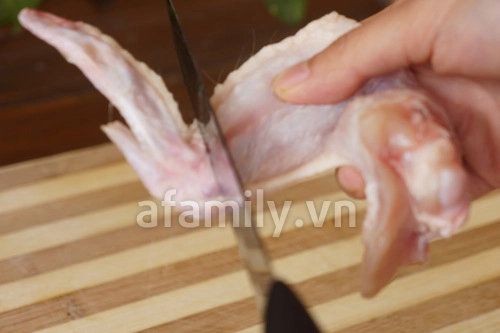Jasmine is a small shrub that grows to a height of 0.5 to 3 meters, cultivated for its fragrant flowers. The blossoms are also used in perfumery and to scent tea.
Secrets to Growing Abundant and Large Jasmine Flowers
According to gardeners, jasmine is not difficult to care for. Growers only need to remember four main principles: “Abundant water, abundant fertilizer, abundant sunlight, and frequent pruning,” and the plant will be full of buds, blooming with fragrant flowers.
Water Frequently
Jasmine requires a large amount of water, so frequent watering is necessary. However, avoid overwatering, as it can cause the soil in the pot to become too damp, which is detrimental to the plant’s growth.
This species prefers moist conditions and has poor drought tolerance. With temperature changes, the amount of water required will vary. Avoid waterlogged soil, as it can lead to root rot, leaf yellowing, and even plant death.

Jasmine thrives in sunny conditions and requires ample water and fertilizer. (Photo: Ksina)
Spring is the growing season for jasmine, but as the temperature is not too high, evaporation is minimal, and the water requirement is not as high. In summer, jasmine enters the flowering phase. During this time, the soil will dry out quickly, so frequent watering is necessary to keep the soil moist.
In autumn, as the temperature drops, reduce the amount of water accordingly. In winter, due to the significant temperature difference between the North and the South, watering is determined by the growing environment. In the South, the potting soil should be kept slightly dry, as too much moisture is unfavorable for jasmine in winter.
Additionally, if the air is too dry, mist the leaves when watering to increase humidity and maintain a deep green leaf color.
Abundant Fertilizer
Jasmine plants typically produce many buds and shoots, requiring a high level of nutrition. Prolonged nutrient deficiency will not only cause leaf yellowing but also affect flowering, resulting in fewer and smaller flowers.

Jasmine growing secret: Apply abundant fertilizer to encourage branching and bud development. (Photo: read01)
If possible, use organic fertilizers such as soybean cake, bone meal, or homemade compost. Dilute the fertilizer and apply it weekly during the growing season.
From the pre-flowering stage to flowering, supplement with phosphorus fertilizer to promote bud formation and enhance the fragrance of the flowers. Stop fertilizing in September to prevent the growth of new, overly soft shoots that are unlikely to survive the winter.
Additionally, for jasmine, it is best to fertilize when the potting soil is slightly dry. After fertilizing, water again on the second day to facilitate root absorption.
Abundant Sunlight
Jasmine thrives in bright light. Insufficient light will result in pale leaves, sparse branches, small flowers, and a weaker fragrance.
It is best to plant jasmine in areas that receive extended sunlight. When exposed to summer sunlight, jasmine leaves will be a deep green, the branches will be denser, and the flowers will bloom with a strong fragrance.
Note: Newly planted or repotted jasmine should be placed in a shaded area for about a week before moving it to a sunny location.
 Adequate sunlight will result in deep green leaves, large flowers, and a strong fragrance. (Photo: read01)
Adequate sunlight will result in deep green leaves, large flowers, and a strong fragrance. (Photo: read01)
Frequent Pruning
One secret to abundant jasmine flowers is frequent pruning. Pruning can be done in the spring when the plant buds, when repotting, and after flowering. This encourages the growth of new shoots and more flowers.
When jasmine sprouts in the spring, prune the previous year’s branches to promote new growth. You can also pinch off flowers after repotting to improve the plant’s appearance. Pruning after flowering is particularly important, as it can stimulate secondary bud growth. When pruning, only remove the top two pairs of leaves.
Prune jasmine on a sunny day, as the cuts will heal more quickly, benefiting the plant’s growth.
According to VTC News
The Secret to Transforming Stubborn All-Male Bougainvilleas into Blooming Beauties
The vibrant and flamboyant bougainvillea is a sight to behold, and with the right care, any bougainvillea can be transformed into a dazzling display of color. Often, leafy bougainvillea plants with few flowers are labeled as “male” specimens, but this misconception can be overturned with proper gardening techniques.


































